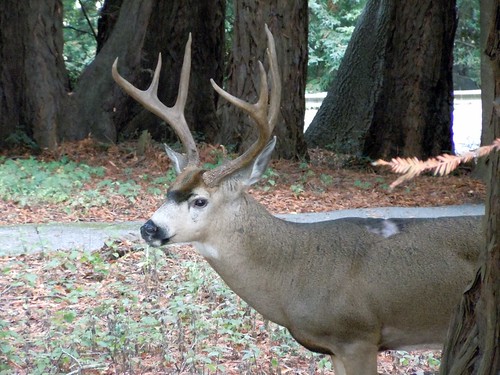 |
| Shinisaurus crocodilurus Photo by JK. |
No excuse for Shark-fin soup. A faux-fin soup fools all the experts.
Discerning chromosome number through frog calls. This is really cool.
Killing cholera with bio-films. A UCSC research project, but maybe more importantly, the story features a certain Mr. Walter Bray M.S. who went to High School with your blog authors.
Adorable pics of baby crocodile lizards, Shinisaurus crocodilurus. One of my all-time favorite reptiles and I am excited to see the Woodland Park Zoo breed them. If memory serves me correctly I used to care for a male that ended up there. Maybe the dad?
Scientists hack an Xbox Kinect to study glaciers.
Minke Whale washes ashore in Marin County.
That lone wolf made it into California!
We will be back next week with some actual (non-link dump) blogging.


































